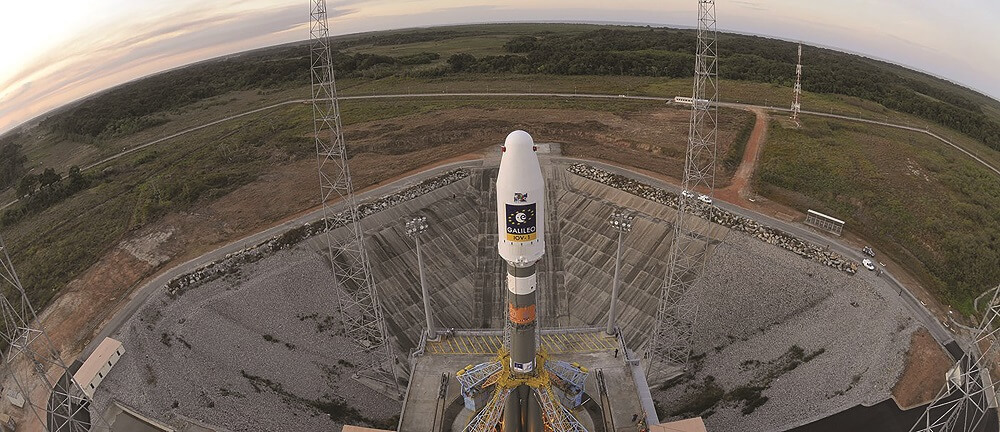
Arianespace and SpaceX work to adjust launch manifests (Image Credit: Space News)
WASHINGTON — Arianespace says it is working to remanifest payloads that were to launch on Soyuz rockets while SpaceX says it’s finding ways to accommodate new customers on its vehicles.
During a panel at the Satellite 2022 conference March 22, Stéphane Israël, chief executive of Arianespace, acknowledged the company’s plans had been upended by Russia’s invasion of Ukraine and subsequent suspension of both Soyuz launches from French Guiana and those from the Baikonur Cosmodrome carrying satellites for OneWeb.
“2022 will be very different for us from what we were supposed to do,” he said. “We are working very closely with our customers to accommodate the best solutions for them.”
That means finding alternative rides for five missions for European institutional customers that were to launch on Soyuz from French Guiana. Those payloads include two launches of Galileo navigation satellites, two European Space Agency science missions and a French military reconnaissance satellite.
Israël said one option would be to shift the Galileo launches to the Ariane 6, slated to make its debut no earlier than late this year. “Ariane 6 has been designed to launch Galileo satellites,” he said. “Ariane 6 can launch these satellites in 2023.” The delay, he added, would not affect the performance of the Galileo constellation, which has enough operational satellites now to provide full service.
The suspension of Soyuz launches, he said, vindicated the European decision in 2014 to develop the Ariane 6 and Vega C rockets to serve the full range of European government and commercial satellites. “We wanted to give Arianespace and Europe full autonomous access to space and not have to rely on non-European rockets any more,” he said. “It was the right decision, and we see that more than ever.”
However, even with Ariane 6 and Vega C Europe is not completely autonomous. The Vega C uses an upper stage engine provided by Ukraine’s Yuzhmash, and supplies of that engine are in question because of the ongoing invasion. ESA officials said March 17 that they have three of those engines, enough to handle the anticipated Vega C missions this year.
ESA is supporting work on a new upper stage engine, M10, for a version of the Vega called Vega E that is slated to make its first launch around 2025. Israël said there was “no need” to accelerate work on Vega E, though, citing the Ukrainian engines in storage. “We can also explore backup solutions in Europe, if necessary,” he said, a reference to ESA discussions of replacing the Ukrainian engine with one from Europe.
He said Arianespace was also working with OneWeb regarding its Soyuz launches from Baikonur. He provided no details on those discussions, though. OneWeb announced March 21 an agreement with SpaceX for one or more launches, but also did not disclose details about those arrangements.
Tom Ochinero, vice president of commercial sales at SpaceX, said at the conference that the company’s vertical integration and large fleet of reusable boosters offer the company flexibility to accommodate customers like OneWeb. “We can react very quickly because we’re just managing a fleet,” he said. “We love that we were able to step up and provide launches for people.”
He declined to quantify how many additional launches or customers SpaceX can accommodate. “It’s much more fluid and flexible,” he said of how the company manages its manifest. That includes “reserve slots” that can be used for customers that require launches on short notice as well as other customers that need to move based on the readiness of their satellites.
The flexibility also comes from working with an internal customer, Starlink. “I look at them as my friend that I can talk to and bump off as needed,” he said. “They can move or give up their vehicles. I’ve got a lot of flexibility there.”
“It’s really difficult to say how many slots there are,” he said. “We’re going to try to do as much as we can.”








